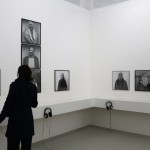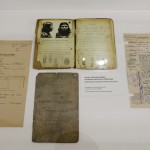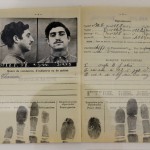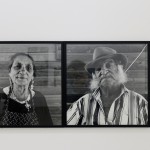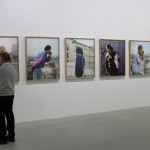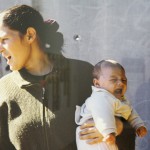“Ambiguities & Asymmetries”, Review of the SSN Conference, Barcelona, 2014
The bi-annual conference of the Surveillance Studies Network 2014 takes place in the centre of Barcelona, on the campus of the University of Barcelona and the adjoining cultural institution CCCB. This year’s conference’s topic opens the floor to discussions of “Asymmetries and Ambiguities” in Surveillance Studies. The attention for the conference is unusual, not only in academia, as it becomes obvious in the comparably large number of 170 participants, but also in exceptional public and media attention. This surely has to do with the revelations of Edward Snowden and the so-called NSA scandal, which have proved true or surpassed the often dismissed observations of the surveillance studies community. Here especially “asymmetries” come to the fore: between an all-encompassing state-run surveillance assemblage, drawing on private sources, on the one side and disempowered individuals on the other.
In the evening panel discussion (videos available online) with Caspar Bowden (a privacy advocate and former Microsoft executive), Katarzyna Szymielewicz (human rights lawyer, Panoptykon Foundation), and Ben Wizner (Snowden’s lawyer) who is participating via video connection, these asymmetries become apparent. Ambiguities & Asymmetries weiterlesen




